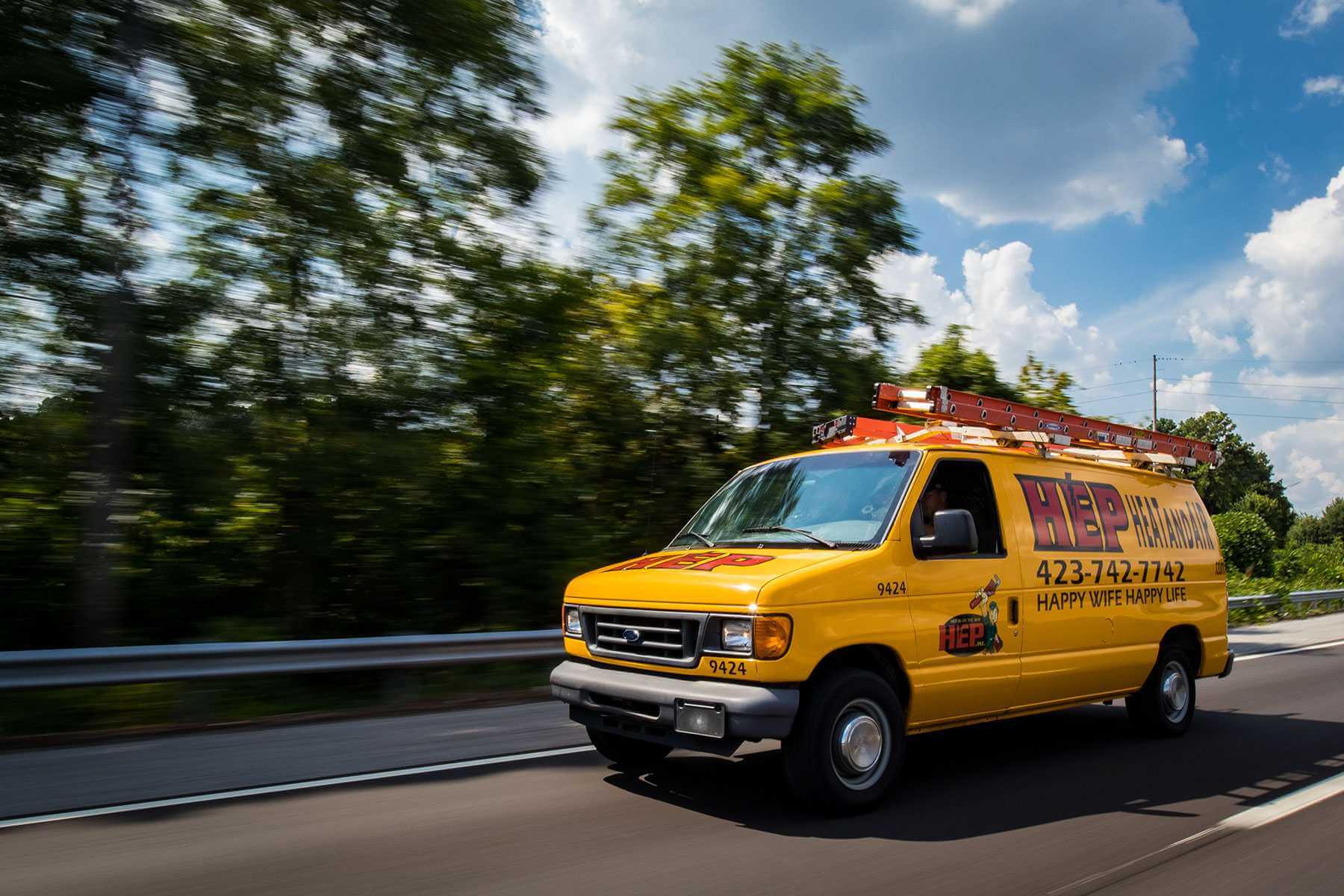

Energy-efficient Glass-lined Models
Your trusted partner for professional home services. Quality workmanship, guaranteed satisfaction.




- HEP Plumbing
- Energy-efficient Glass-lined Models
Energy-efficient Glass-lined Models | Tank Water Heater | Plumbing | Mascot
Imagine stepping into a Mascot home where hot water arrives instantly, stays piping-hot for longer, and costs noticeably less to produce. That peace-of-mind is exactly what HEP delivers with our energy-efficient, glass-lined models. Each unit features a rugged steel core wrapped in a non-porous glass coating that resists corrosion and scale build-up, safeguarding your system while maximizing heat retention. Pair that durability with high-density insulation, smart thermostatic controls, and industry-leading warranties, and you have a solution engineered to slash utility bills while keeping showers steamy and dishes spotless.
Whether you’re replacing an aging unit or specifying equipment for a new build, our local team handles every step—from precise sizing and professional installation to ongoing maintenance—so you can enjoy years of worry-free performance. Choose an HEP tank water heater today and feel the difference efficiency makes in both your comfort and your wallet, all backed by friendly Mascot-based support just around the corner.
FAQs
What is a glass-lined tank water heater and how does it improve energy efficiency?
A glass-lined tank water heater is a storage unit whose internal steel cylinder is coated with a layer of vitreous enamel (glass). The glass lining seals the steel against oxygen and mineral-rich water, preventing corrosion and sediment build-up that can insulate the heating element and force it to run longer. Modern energy-efficient models pair this lining with a high-density polyurethane foam jacket, tight tank seams and precise electronic thermostats. The result is lower standby heat loss, faster heat recovery and reduced cycling of the element or gas burner—typically trimming 10–20 % off energy consumption compared with standard steel tanks.
Are glass-lined water heaters suitable for Mascot’s local water quality?
Yes. Sydney Water categorises Mascot’s supply as moderately hard, which means minerals such as calcium and magnesium are present. Over time these minerals scale and pit ordinary steel tanks, shortening service life and lowering efficiency. The vitrified glass coat in a glass-lined tank is non-porous and chemically inert, so it resists mineral attack and makes periodic flushing more effective. Combined with a sacrificial anode, the tank can withstand Mascot’s water conditions for 10–15 years or more while maintaining its rated efficiency.
How much can I expect to save on energy bills compared with a standard electric storage heater?
Savings depend on usage patterns, tariff rates and the model chosen, but local case studies in Mascot show: • 3-person households replacing a 125 L conventional electric tank with a 125 L 6-star glass-lined unit cut annual electricity use from roughly 2 800 kWh to 2 250 kWh—a 20 % reduction worth about AU$165 per year at current Ausgrid residential rates. • Larger families swapping a 250 L off-peak heater for an efficient 250 L glass-lined heat-pump-ready model saved 25–30 % (≈AU$270 per year). Because the tanks last longer, lifetime operating savings often exceed AU$2 000, offsetting the small upfront premium within 3–5 years.
What size glass-lined tank do I need for my household, and can it be retrofitted to existing plumbing?
General sizing rules apply: 80–125 L for 1–2 occupants, 160–200 L for 3–4, and 250 L+ for 5 or more or if you run multiple bathrooms. Because the tanks use standard Australian thread and relief-valve positions, most can be swapped directly onto the existing cold-in/hot-out lines, pressure-temperature relief line and electrical or gas connections. In tight Mascot terraces we often specify a tall-slim 80 L or 160 L model that slides through narrow side passages. A licensed plumber will confirm floor loading, clearances for anode access and compliance with AS 3498 before installation.
What maintenance is required to keep an energy-efficient glass-lined heater performing well?
1. Drain a few litres from the tank every 6–12 months to flush sediment. 2. Inspect and replace the sacrificial anode approximately every 5 years (earlier if Mascot’s hardness levels rise). 3. Check the temperature-pressure relief (TPR) valve annually. 4. Verify thermostat settings—60 °C is recommended to prevent Legionella; higher temperatures waste energy. 5. Ensure the external insulation jacket remains intact. Following this simple schedule prevents scaling, maintains heat transfer efficiency and can extend tank life to 15 years or more.
Are there rebates or incentives in Mascot/NSW for installing an energy-efficient glass-lined tank, and what is the installation process?
Under the NSW Energy Savings Scheme (ESS) and certain federal Small-scale Technology Certificates (STCs), eligible high-efficiency electric and gas storage heaters—especially heat-pump-ready glass-lined models—earn tradeable certificates that reduce purchase cost by AU$200–600, depending on capacity and star rating. Seniors and low-income households may qualify for additional incentives through the Energy Savings Action Plan. The process is straightforward: 1) choose a Clean Energy Regulator-listed product, 2) book a licensed plumber to perform the replacement, 3) the installer or retailer applies the STC/ESS discount at the point of sale, and 4) you receive a compliance certificate and updated warranty paperwork. Most swaps in Mascot are completed in half a day with minimal water downtime.